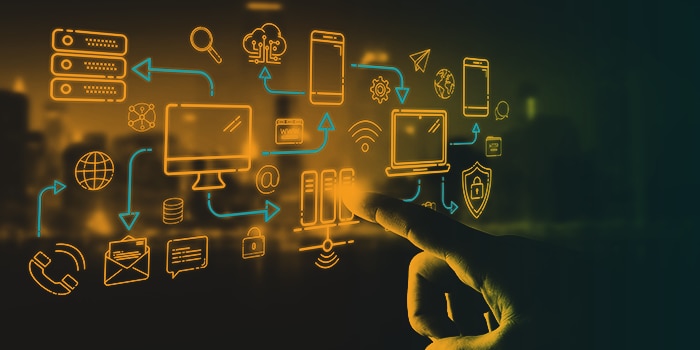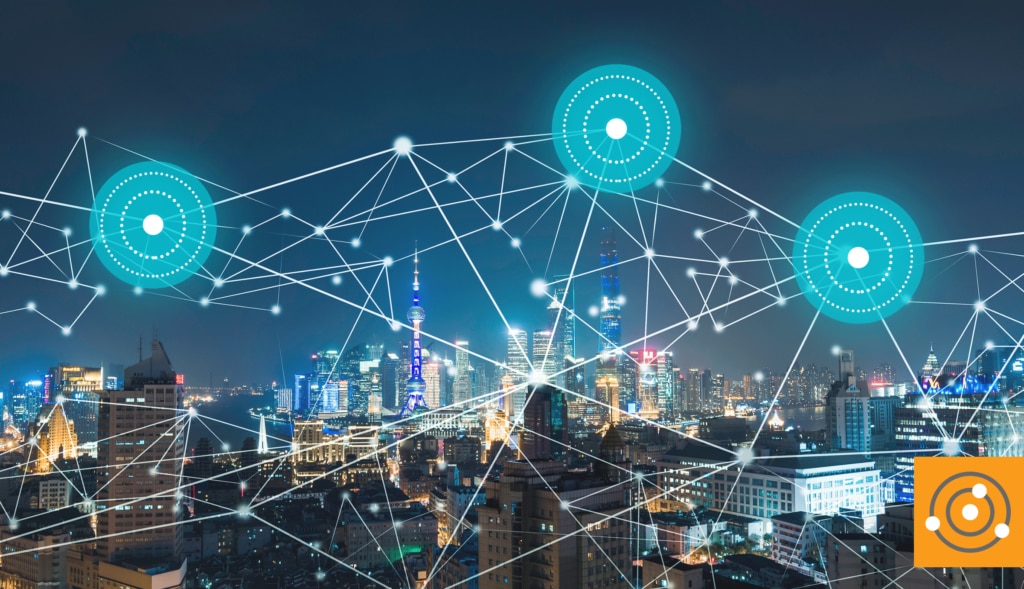The year is winding down, and—while it’s not something I do every year—I thought I’d take a moment to look ahead and make a few educated guesses about what the coming months have in store for us nerds, geeks, techies, and web-heads (OK, the last category is for people from the Spider-verse, but I’m still keeping them in the mix.)
As with any forward-looking set of statements, decisions made based on this information may range from “wow, lucky break” to “are you out of your damn mind?” And, while I could make many predictions about the national (regardless of which nation you live in) and/or global landscape as it relates to economy, politics, entertainment, cuisine, alpaca farming, etc., I’m going to keep my predictions to tech.
Prediction 1: The Ever-Falling Price of Compute
This one is a no-brainer, honestly. The cost of compute workloads is going to drop in 2020. This is due to the increased efficiencies of hardware and the rising demand for computer resources—especially in the cloud.
I can also make this prediction because it’s basically been true for the last 30 years.
With that said, it’s worth noting—according to some sources (
https://www.quantumrun.com/future-timeline/2020/future-timeline-subpost-technology)—the following milestones/benchmarks will be reached:
- (Moore’s Law) Calculations per second, per $1,000, will reach 10^13 (equivalent to one mouse brain)
- Average number of connected devices, per person, is 6.5
- Global number of internet-connected devices reaches 50,050,000,000
- Predicted global mobile web traffic equals 24 exabytes
- Global internet traffic grows to 188 exabytes
This expected increase in both the volume and speed of traditional silicon-based computing, as well as the rise of new forms of performing calculations—namely quantum computing—mean in 2020 we’ll see a shift in emphasis from the traditional metrics.
Prediction 2: Phones Become Fun Again
Let’s get this out of the way: I’m old. I clearly remember the days when phones were securely hammered to a wall (or sat on a desk and weighed 5lbs because they were made of metal). I’d been married over a year before we got our first cell phone and paid dearly for the 15 minutes per month of talk time we kept for emergencies.
I also remember the days when cell phones first became ubiquitous. It was a fun time for technology, because a phone could be almost any shape and contain almost any movement.* Phones could be flipping or sliding rectangles; squares pivoting up on a corner; clamshells folding completely over or only overlapped partially; and more. While some designs were horrifyingly bad to use in practice, nevertheless they were interesting to look at and play with in the store, and there seemed to be something for everybody.
And then came the iPhone, and with it all phones quickly shifted to become undifferentiated flat glass chocolate bars. While improvements have been made in the thickness, responsiveness, and overall power of the glass chocolate bar, they have nevertheless been unremarkable.
With the arrival of foldable glass, phone manufacturers—led by Samsung but followed closely by several others—are once again playing with the idea of what a “smart phone” form factor can be. From the Samsung offering to the resurrection of the beloved Razr and beyond, phone designs are now becoming interesting and fun again.
*One notable exception was the
pop-out action from “The Matrix”—phone companies of the time tried mightily to replicate it, but they could never get it to work consistently without breaking.
Prediction 3: “Always Mind Your Surroundings”*
While I said I wasn’t going to veer outside of tech, this prediction has aspects outside that realm.
According to some estimates, in 2020, the
- Cost of solar panels, per watt, will hit US$1.2
- Share of global car sales taken by autonomous vehicles will be about 5%
- World sales of electric vehicles will reach 6,600,000
In addition, in 2017, Elon Musk posited it would take 100 square miles of solar panels total to provide all the electricity used in the U.S. on an average day.
https://www.inverse.com/article/34239-how-many-solar-panels-to-power-the-usa. In 2018,
freeenergy.com took another swipe at it and figured the number slightly higher—21,500 sq. miles. But that’s still 0.5% of the total available land in the U.S. and amounts to (if you put it all in one place, which you would not) a single square of solar panels 145 miles on each side.
https://www.freeingenergy.com/how-much-solar-would-it-take-to-power-the-u-s/.
What I’m getting at is that the impending climate crisis and the improving state of large-storage batteries and renewable energy sources may push the use of environmentally friendly transportation options even further than expected. If nothing else, these data points will provide background to continue to educate everyone across the globe about ways to make economically AND ecologically healthy energy choices.
*Ra’s Al Ghul to Bruce Wayne, “Batman Begins”
Prediction 4: Say “Blockchain” One. More. Time.
Here’s a non-prediction prediction: People (mostly vendors and dudes desperate to impress the laydeez) are going to keep throwing buzzwords around, making life miserable for the rest of us.
HOWEVER, eventually enough of us diligent IT folks nail down the definition so the hype cycle quiets down. In 2020, I think at least a few buzzwords will get a little less buzz-y.
One of those is “AI” (artificial intelligence). IT professionals and even business leaders are finally coming to grips with how this ISN’T (androids like
Data; moderately complex algorithms; or low-paid offshore workers doing a lot of work without credit) and will be more clearly be able to understand when true AI is both relevant and necessary.
Closely related, machine learning (the “ML” in the near-ubiquitous “AI/ML” buzzword combo) will also reach a state of clarity, and businesses wanting to leverage sophisticated automation and behavioral responses in their products will avoid being caught up (and swindled) by vendors hawking cybernetic snake oil.
Finally, the term 5G is going to get nailed down and stop being seen as “Better because it’s got one more G than what I have today.” This is more out of necessity than anything else, because carriers are building out their 5G infrastructure and selling it, and the best cure for buzzword hype are vendor contracts clearly limiting what they’re legally obligated to provide.
Prediction 5: Data As A Service
While this effort was well under way in 2019 from the major cloud vendors, I believe 2020 is when businesses will,
en masse, take up the challenge of building both data collection and data use features into their systems. From the early identification of trends and fads; to flagging public health patterns; to data-based supply chain decisions—the name of the game is to use massive data sets to analyze complex financial behaviors and allow businesses to react more accurately and effectively.
Again, this isn’t so much the invention of something new as it is the adoption of a capability providers like AWS and Azure have made available in various forms since 2018 and putting it to actual use.
Prediction N: We’re So Screwed
Security? Privacy? Protection of personal information? Everything I described above—plus the countless other predictions which will come out to be true in the coming year—is going to come at the cost of your information. Not only that, but the primary motivator in each of those innovations and trends is profit, not privacy. Expect a healthy helping of hacks, breaches, and data dumps in 2020.
Just like last year.




